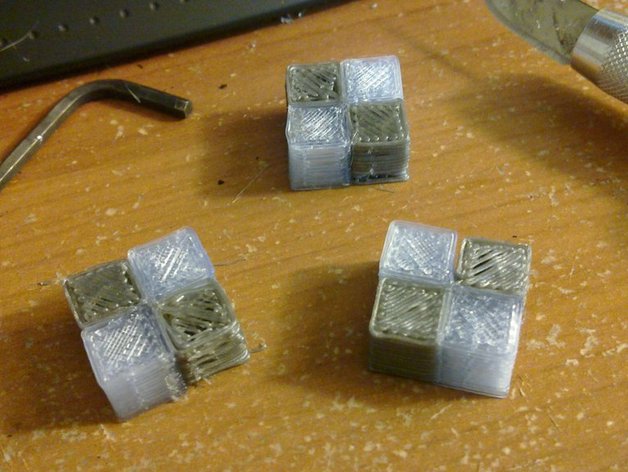
Dual Extruder / Dual Material Makerbot
thingiverse
Very well done. You managed to give all the details and kept it interesting at the same time. It is clear, concise and easy to follow. Great job!
Download Model from thingiverse
With this file you will be able to print Dual Extruder / Dual Material Makerbot with your 3D printer. Click on the button and save the file on your computer to work, edit or customize your design. You can also find more 3D designs for printers on Dual Extruder / Dual Material Makerbot.
